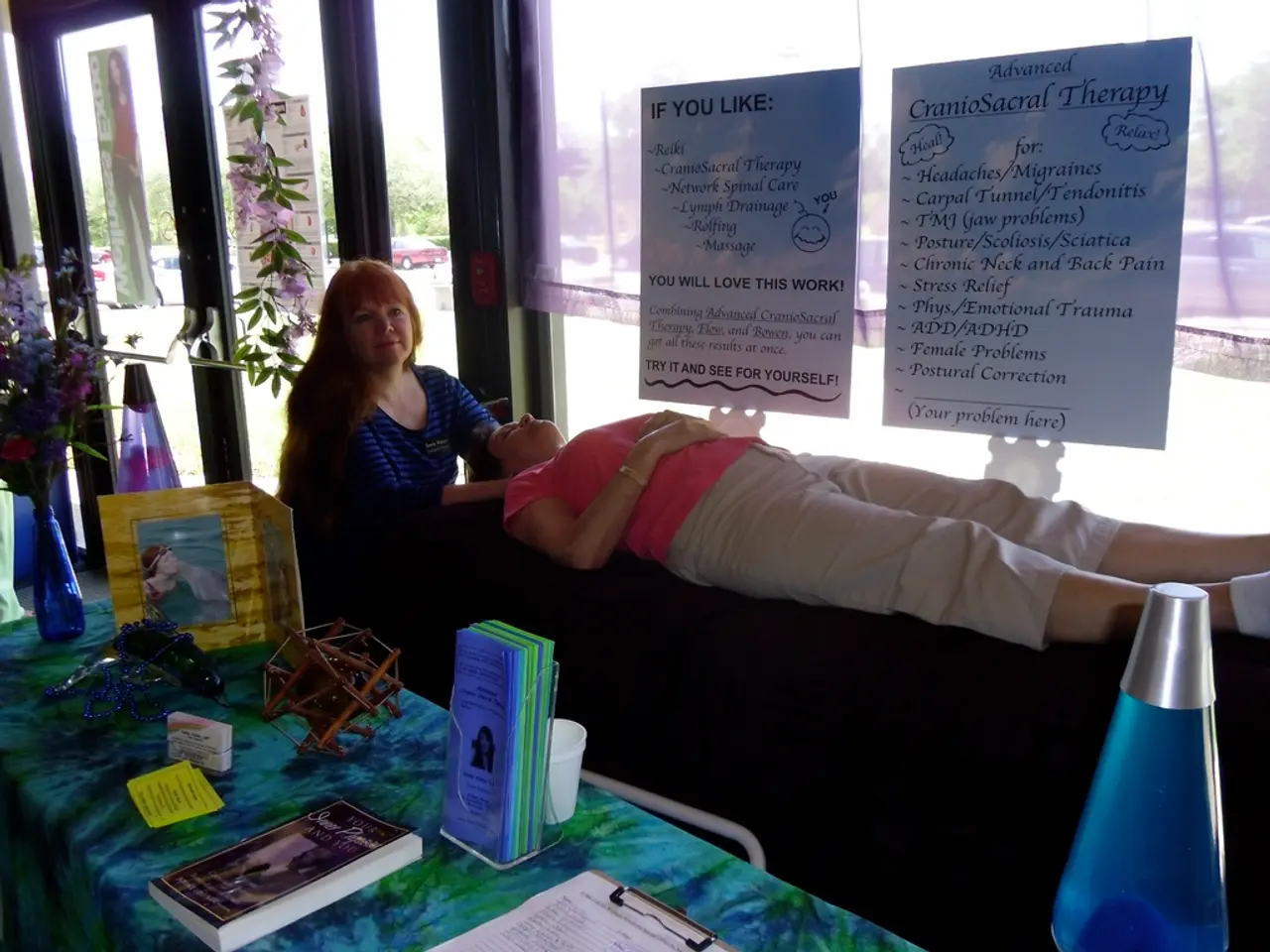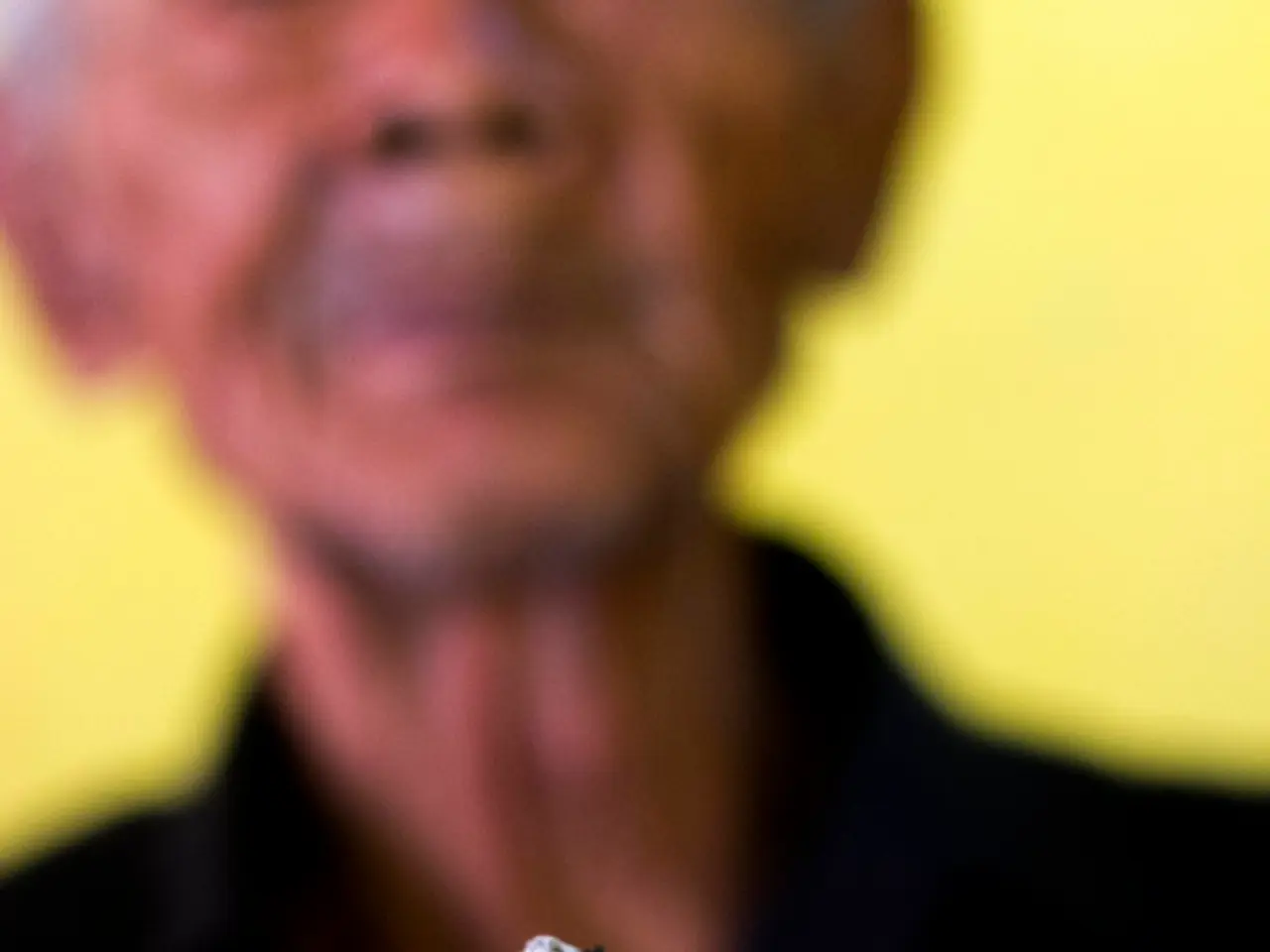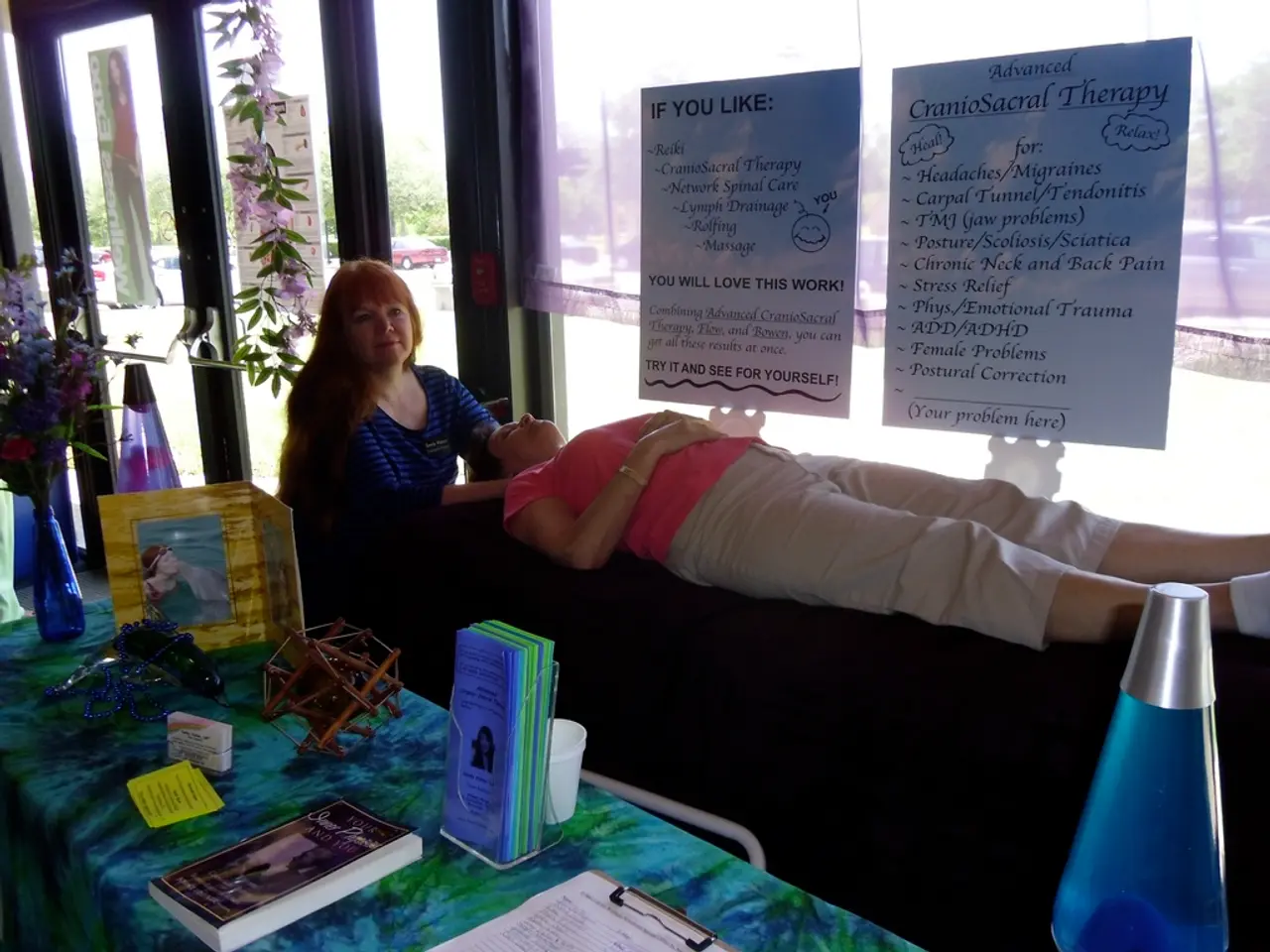Can One Really Outsmart a Lie Detector?
**Article Title: The Myth of Outsmarting Polygraph Tests: A Closer Look at Their Effectiveness**
In the realm of investigations, polygraph tests, or lie detector tests, have long been a controversial topic. These tests aim to distinguish truth from deceit by tracking physiological changes in the body, such as variations in heart rate, blood pressure, and respiratory rhythm [1]. The foundation of these tests lies in the autonomic nervous system, which controls involuntary bodily processes like stress responses triggered during lying [2][3].
While various tactics are rumored to help test-takers pass the examination, their efficacy remains debatable. Some individuals try to manipulate their breathing to mask physiological stress, while others employ mental countermeasures like diverting attention or focusing on calming activities [1]. Physical countermeasures, such as biting the tongue or pressing toes to the floor, are also attempted, with the idea that these can mitigate stress and mask signs of dishonesty [1].
However, scientific and expert evidence suggests that these tactics are largely ineffective for most individuals. Trained examiners are often able to detect abnormal breathing patterns and account for them in the analysis [2]. Distracting one’s thoughts or producing physical interference can sometimes produce artifacts in the data, but examiners are trained to recognise and filter out such interference or repeat the test if they suspect foul play [2].
The effectiveness of these tactics is limited by the polygraph's reliance on physiological responses that are not easily controlled by conscious effort [2][3]. Inaccurate results are more likely due to examiner inexperience, poorly designed protocols, or personal bias rather than intentional manipulation by the subject [4].
It is crucial to understand that the reliability of polygraph tests remains controversial, and critiques often focus on examiner skill and test protocol rather than the effectiveness of countermeasures alone [4][2]. Traditional investigative methods, such as interviews and forensic analysis, are crucial in ascertaining the truth. Alternative methods, including cognitive and behavioural evaluations, provide valuable insights into a person's truthfulness by examining thoughts, attitudes, and behaviours.
Innovative technologies like voice stress analysis and neuroimaging offer potential for more objective truth verification, and their incorporation can improve investigators' ability to evaluate honesty. Embracing alternative methods can further enrich our capacity to discern truth from falsehood, propelling advancements in investigative techniques. Despite the limitations, polygraph tests possess both merits and demerits, and supplementary methods provide more tools to gauge honesty.
- Despite rumors of techniques to pass a polygraph test, such as manipulating breathing or using mental countermeasures, scientific evidence suggests that these tactics are ineffective for most individuals.
- The reliability of a polygraph test's results depends significantly on the skill of the examiner and the test protocol, rather than the subject's intentional manipulation to pass.
- Inaccurate results in polygraph tests are more often due to examiner inexperience, poorly designed protocols, or personal bias, rather than effective manipulation by the test-taker.
- The polygraph relies on physiological responses that are difficult to control through conscious effort, limiting the effectiveness of countermeasures.
- Alternative methods, including cognitive and behavioural evaluations, provide valuable insights into a person's truthfulness by examining their thoughts, attitudes, and behaviors.
- Embracing innovative technologies like voice stress analysis and neuroimaging can improve investigators' ability to evaluate honesty, offering potential for more objective truth verification.
- Despite limitations, polygraph tests hold a role in investigations, and supplementing them with alternative methods can provide more tools to gauge a person's honesty, contributing to advancements in health-and-wellness and mental health.




